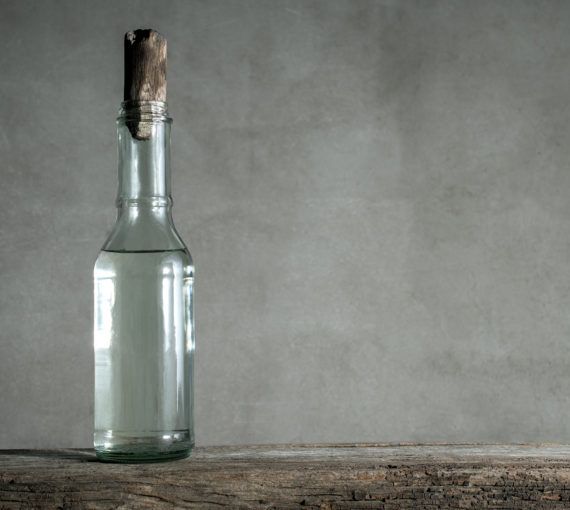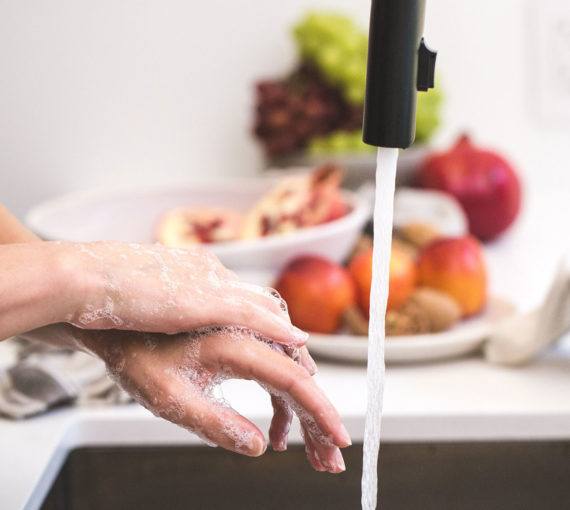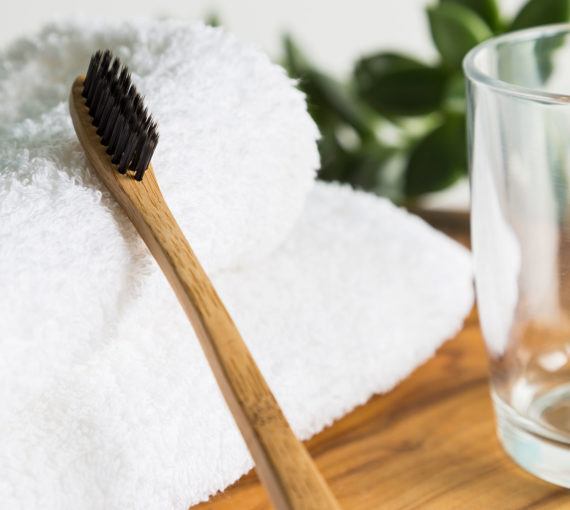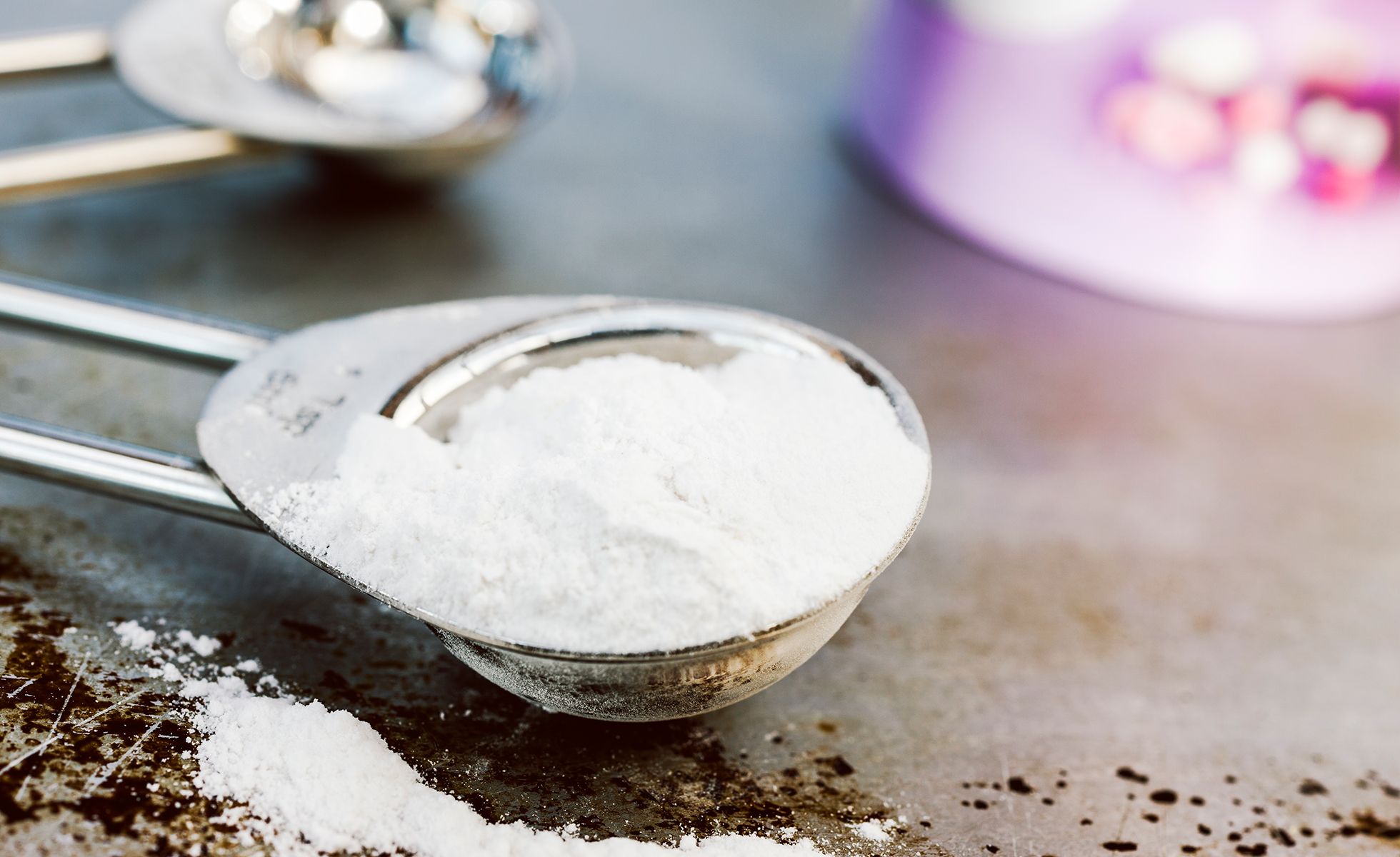
Borax, or sodium borate, is an alkaline mineral salt. It’s a naturally occurring element. But “natural” doesn’t mean “harmless” — consider asbestos or mercury.
A brief history of borax
Before 2000, borax was a common household item, a popular, effective cleaning product. It disinfects, whitens and fights mould and mildew. It also kills ants.
Many DIY cleaning recipes featured borax as an eco-friendlier option to petroleum-based ingredients found in conventional cleaning products.
But the safety of borax (its salts and precursors) has been under review. Health Canada’s science-based screening assessment recommends minimizing exposure.
How are we exposed to borax?
Borax is found in food (such as fruits and vegetables) and drinking water. But, natural sources of boric acid in food (e.g., fruit and vegetables) are not considered health risks.
Common consumer products such as pesticides, cleaners, cosmetics, medicines, “natural” products and pool and spa products can contain boric acid. Even some homemade arts and crafts (e.g., “slime,” modelling clay, etc.) recipes include borax.
Six reasons to go borax-free:
- You want your home to be pesticide-free (borax kills ants).
- You can clean well with food-grade ingredients only — baking soda, salt, lemon, vinegar and hydrogen peroxide.
- You can use borax-free “green” cleaning recipes.
- You won’t risk poisoning your child or pet.
- You can clean risk-free while pregnant.
- Your kids can help make the cleaners and do the cleaning!
Simple "green" cleaning substitutes for borax
To disinfect:
- Use food-grade hydrogen peroxide (three per cent) in a spray bottle. Spray on hard surfaces and wipe clean.
- Rub half a lemon on a dirty cutting board, then wipe clean. (Add salt for extra cleaning power.) Place the other half in a bowl, microwave for one minute then use it to rub down the inside of your microwave. Let sit for a few minutes and wipe clean. (Lemon juice is a mild antibacterial acid that bleaches and disinfectants. Helps fight stains too.)
- Mix equal parts water and white vinegar in a spray bottle. It can tackle household bacteria such as salmonella, E. coli and other “gram-negative” bacteria.
- Add essential oils such as lemon, lime, orange, grapefruit, tea tree, lemongrass, thyme, lavender, rosemary and eucalyptus to the concoctions above. They have antibacterial, antifungal and grease-cutting properties.
To whiten:
- Try liquid or powdered oxygen bleach. Follow product instructions. Safe for cloth diapers!
- Add baking soda (125 millilitres) into each laundry load.
- Use washing soda (sodium carbonate). It’s more caustic and as a higher pH than baking soda.
To fight mould and mildew:
- Clean with salt or use diluted white vinegar (50:50) carefully on tub and tile.
- Make all-purpose scour.
- Use liquid oxygen bleach. (But don’t ever mix it with vinegar. That combination is potentially toxic and corrosive.)
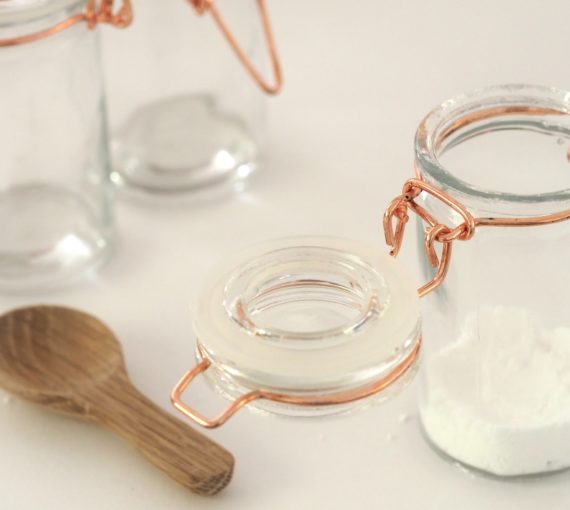
Your guide to green cleaning ingredients
Make your own environmentally friendly cleaners with a few simple ingredients you probably have on hand.

